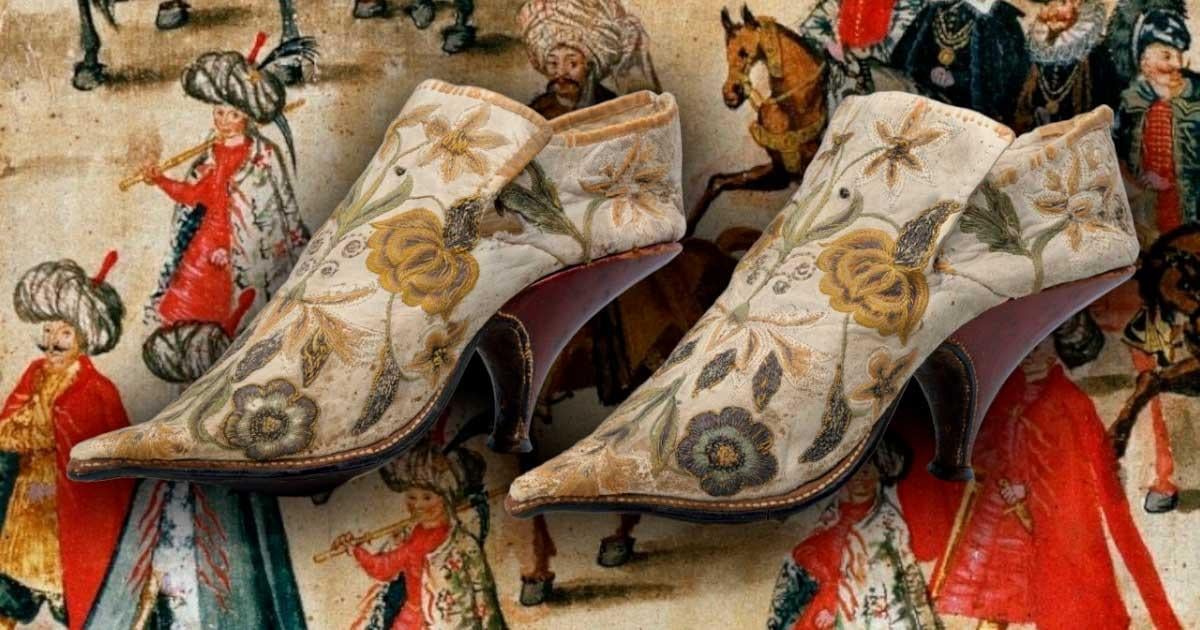
Few fashion items carry as much symbolism and transformation as the high heel. Today, heels are synonymous with femininity, elegance, and sensuality, but their story began centuries ago in a context that might surprise many: they were once a symbol of masculine power.
Heels in the Courts of Power
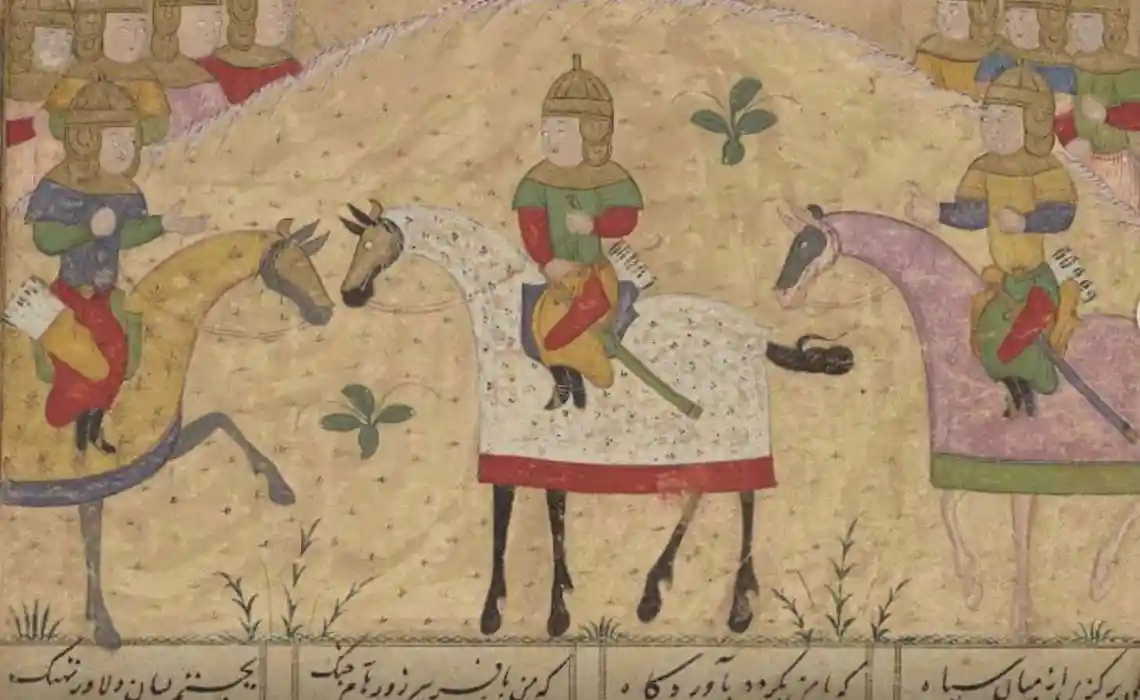
A 10th-century Persian miniature of cavalry wearing high-heeled boots, showcasing the functional and masculine origins of heels.
The first recorded use of high-heeled shoes dates back to the 10th century in Persia, where soldiers wore them to secure their feet in stirrups while riding. The design provided stability during combat and was more functional than ornamental.
By the 17th century, the heel had crossed into Europe and became a staple among royal men and aristocrats. Figures like King Louis XIV of France—famously known as the “Sun King”—elevated the heel into a political statement. His red-heeled shoes became an emblem of privilege, status, and dominance, reserved exclusively for those within the royal court. The higher the heel, the greater the prestige.
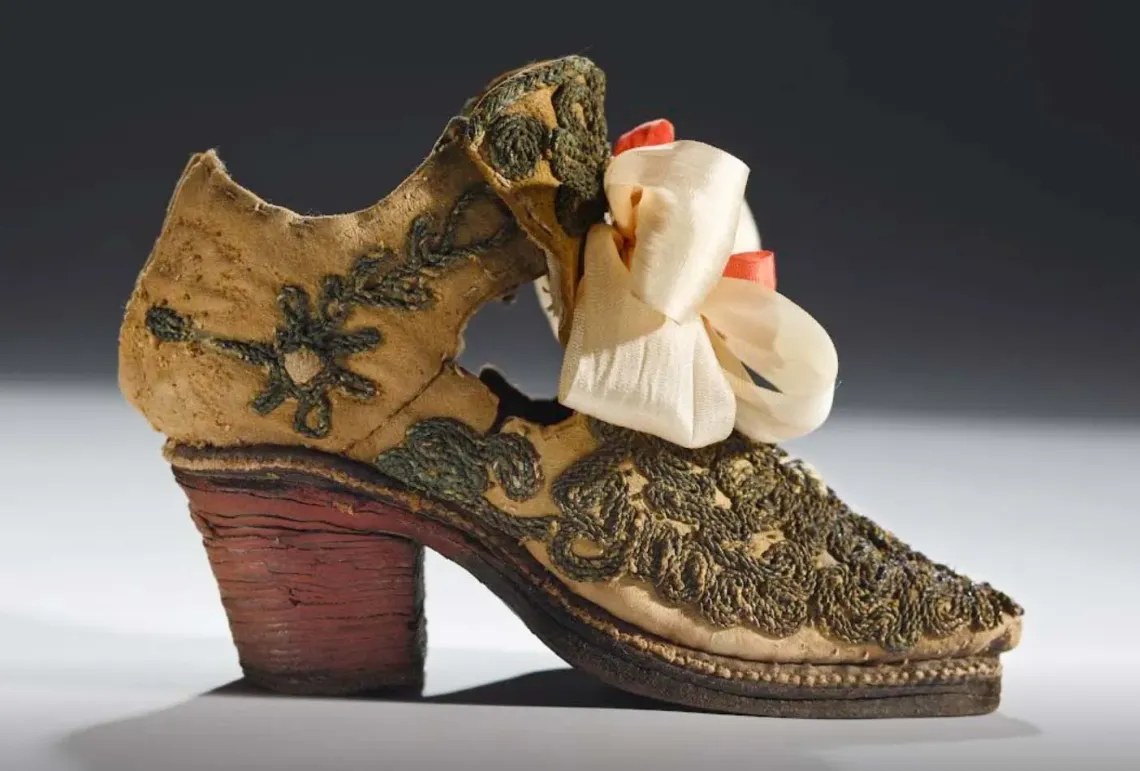
Ornate high-heeled shoes worn by European aristocrats in the 17th century, reflecting status and craftsmanship.
From Masculinity to Femininity
It wasn’t until the late 17th and early 18th centuries that women began adopting the style, initially as a way to mirror the stature and authority of men. Over time, however, heels took on a different meaning. They began to be associated with delicacy, allure, and aesthetic refinement, diverging from their martial and masculine origins.
The transition reflected a broader cultural shift: fashion was no longer just about hierarchy but also about self-expression and identity. By the 19th century, heels had been firmly redefined as part of the female wardrobe, leaving behind their masculine associations.
High Heels in Contemporary Culture
Today, heels continue to be a powerful cultural and fashion symbol. Designers reinterpret them season after season, blending innovation with tradition. From the stiletto, introduced in the mid-20th century, to modern sculptural designs seen on the runways of Paris, Milan, and New York, the high heel has remained central to the narrative of style.
Interestingly, men have not disappeared entirely from this story. In certain subcultures and avant-garde fashion, heels have reemerged as a tool of expression for gender fluidity and artistic rebellion, reconnecting with their original unisex legacy.
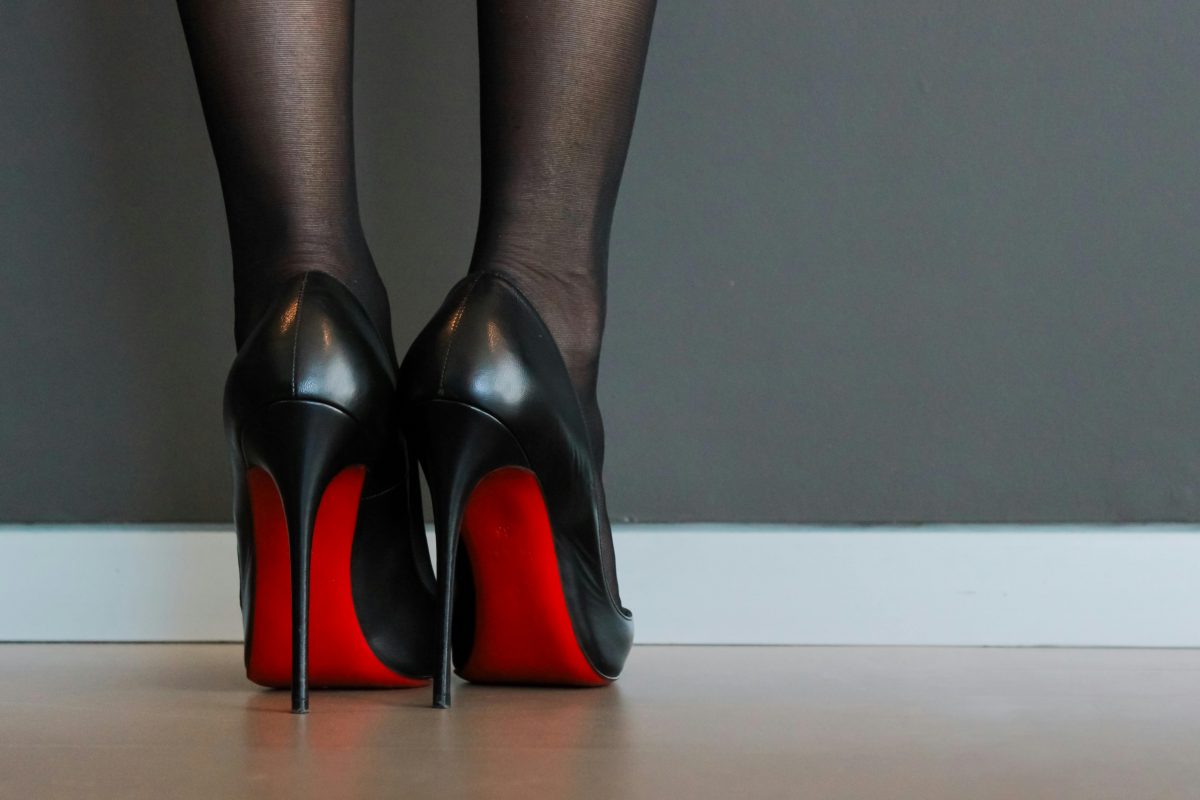
Photo by Luana Scorsoni.
A Timeless Accessory
The journey of the high heel—from Persian battlefields to French courts, and ultimately to the closets of millions of women worldwide—illustrates how fashion constantly evolves while retaining echoes of its past.
What began as a masculine accessory of strength and authority has transformed into one of the most iconic symbols of feminine glamour and empowerment. And as fashion continues to challenge conventions, the story of the heel reminds us that identity and style are always in motion.
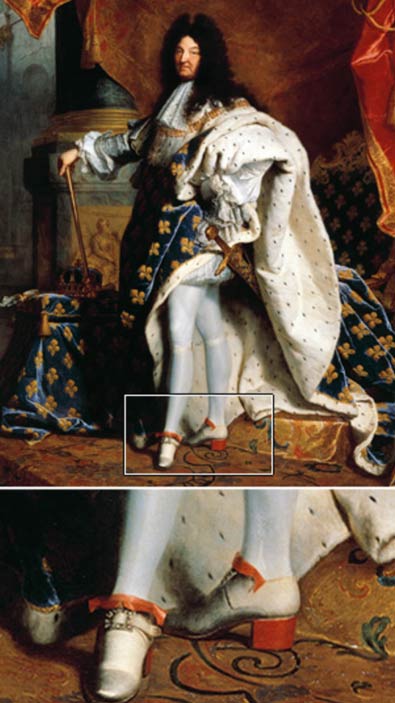
A portrait of King Louis XIV of France, who popularized the use of high heels as a symbol of power and status in the 17th century.
